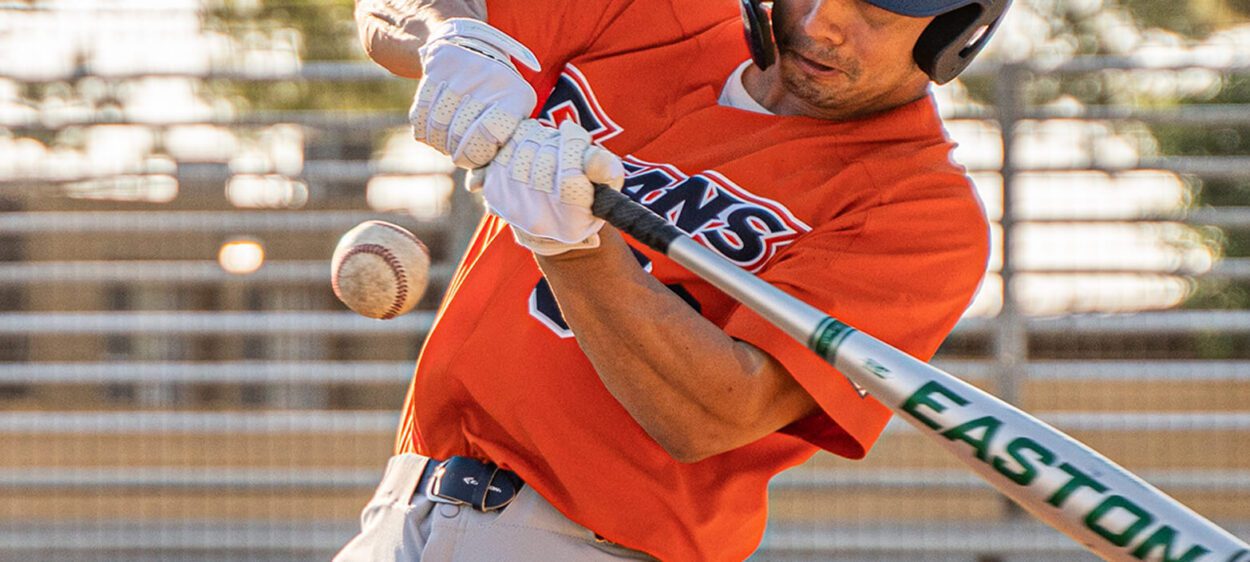Introduction How to Improve Your Baseball Swing: Tips and Techniques
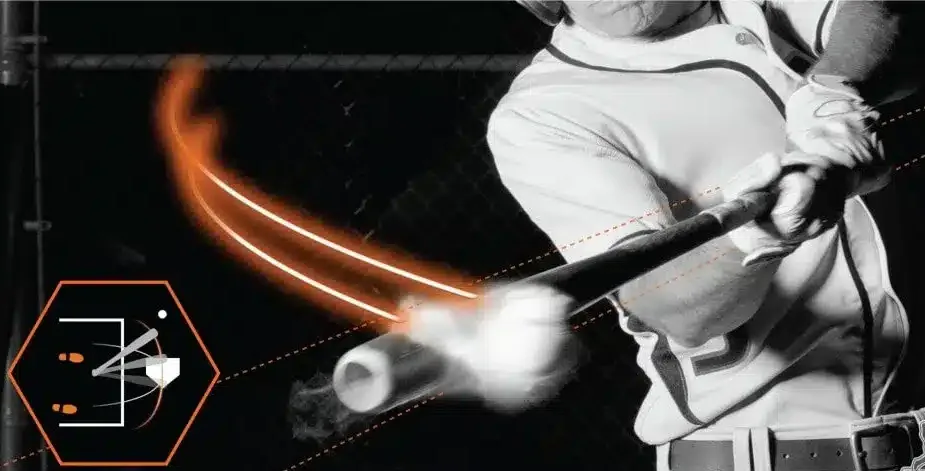
Brief overview of the importance of a strong baseball swing
A robust baseball swing isn’t always only a ability; it’s the pulse of fulfillment at the diamond. It’s the powerful crack of the bat in opposition to the ball, the best contact that sends it crusing into the outfield, and the feeling of accomplishment as you round the bases.
Preview of what the article will cover
In this text, we will delve into the vital components of improving your baseball swing. From understanding the fundamental components like stance and grip to pleasant-tuning your swing route and developing intellectual strategies, we’re going to explore a comprehensive manual that will help you decorate your hitting abilities.
Explanation of why improving your swing is crucial for success in baseball
A baseball swing isn’t always pretty much hitting a ball; it is about hitting it well. A sturdy swing can be the difference between a ordinary groundout and a sport-triumphing hit. It’s the inspiration of offensive achievement, impacting batting average, runs scored, and in the end, the outcome of the game. A powerful swing can also increase a player’s self assurance, making them an impressive pressure on the sphere.
Improving your swing isn’t always just about man or woman fulfillment; it’s about contributing to the team’s normal performance. A crew with players who can always make strong contact and pressure the ball will have a tremendous advantage over their warring parties. Therefore, dedicating time and effort to refining your swing is crucial for personal boom as a participant and for the success of your crew.
Understanding the Basics of a Baseball Swing
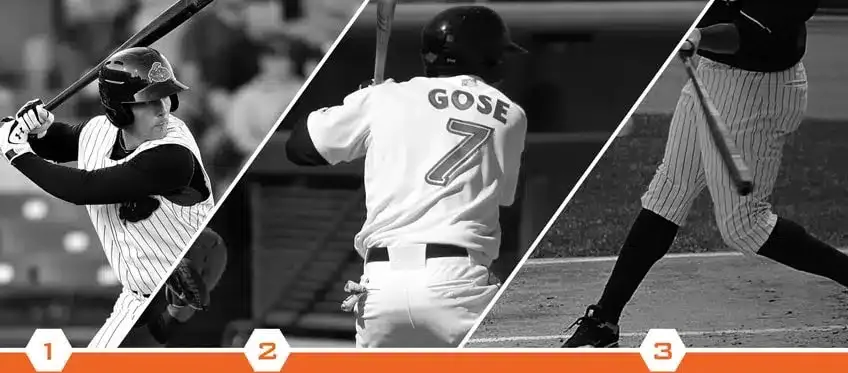
Stance
The proper stance provides balance, stability, and allows for optimal weight transfer during the swing.
Grip
A correct grip ensures control and power, enabling the player to direct the ball where desired.
Load
The load, or initial movement before the swing, generates momentum and power for a forceful hit.
Swing path
The trajectory of the swing determines the angle and direction of the ball when struck, crucial for hitting specific pitches.
Contact
Making solid contact with the ball at the right moment maximizes power and accuracy.
Follow-through
A complete follow-through ensures full extension and transfers energy from the swing to the ball.
Importance of each element in a successful swing
Stance: Provides the muse for stability and weight distribution.
Grip: Essential for manipulate and directing the ball.
Load: Generates momentum and electricity for a forceful hit.
Swing direction: Determines the trajectory and attitude of the ball.
Contact: Making strong touch maximizes power and accuracy.
Follow-thru: Transfers energy and ensures a whole swing.
How to Improve Your Baseball Swing: Tips and Techniques
Stance
Balanced Position: Feet shoulder-width apart with knees slightly bent.
Weight Distribution: Slightly favoring the back foot for power.
Grip
Proper Hand Placement: Firm grip without excessive tension.
Knuckles Alignment: Aligning knuckles for control and accuracy.
Load
Weight Shift: Smooth transfer of weight to the back foot.
Maintain Balance: Avoid leaning too far back or forward.
Swing Path
Short to the Ball: Direct path from load position to contact point.
Stay Inside the Ball: Hitting through the inside half of the ball for power.
Contact
Eyes on the Ball: Focus on the ball from pitcher’s hand to bat.
Hit Through the Ball: Swinging through the point of contact for power.
Follow-through
Full Extension: Arms extending fully after contact.
Rotation of Hips: Utilize hip rotation for power and follow-through.
Proper Bat Selection
Choosing the right bat size and weight
Selecting a bat that suits your size, strength, and swing style is essential for optimal performance.
Differences between wood and metal bats
Wood Bats: Offer a traditional feel and are required in some leagues.
Metal Bats: Provide more pop and forgiveness but can have restrictions in certain leagues.
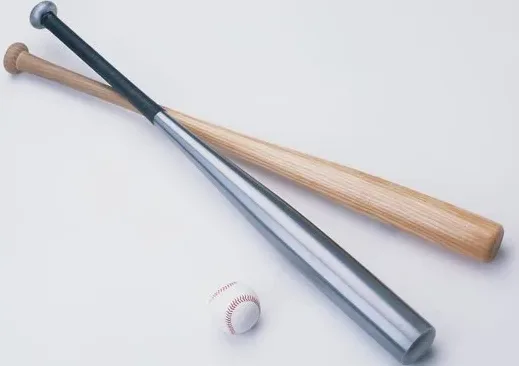
Impact of bat length and weight on swing speed and power
Length: Longer bats offer more reach but can sacrifice control.
Weight: Heavier bats can generate more power but may reduce swing speed.
How to determine the correct bat for your swing style and strength
Swing Style: Consider if you prefer a quick, compact swing or a longer, more powerful swing.
Strength: Match the bat weight to your strength level for optimal control and power.
Developing Bat Speed
Importance of bat speed in hitting for power
Increased bat speed translates to greater power and the ability to catch up to faster pitches.
Exercises and drills to increase bat speed
Weighted Bat Drills: Swinging a heavier bat to build muscle and improve speed.
One-Handed Drills: Focusing on one-handed swings to enhance control and speed.
Resistance Band Exercises: Using bands to strengthen muscles involved in the swing.
Techniques to improve hand and wrist strength for a faster swing
Wrist Flexor Stretch: Enhances flexibility for a quicker wrist snap.
Forearm Roller: Builds wrist and forearm strength for a powerful swing.
Grip Strengtheners: Squeezing exercises to improve grip strength.
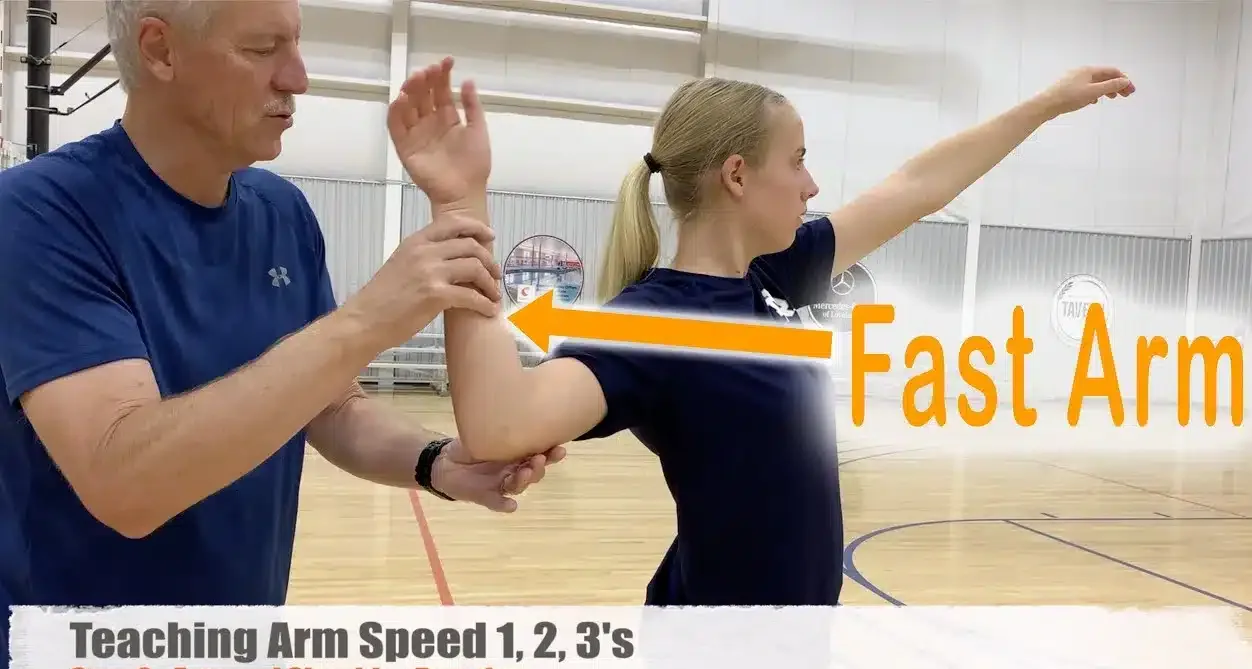
Importance of each aspect in improving bat speed:
Weighted Bat Drills: Build muscle and improve muscle memory for faster swings.
One-Handed Drills: Enhance control, balance, and hand-eye coordination.
Resistance Band Exercises: Strengthen key muscles for a more explosive swing.
Wrist and Hand Exercises: Improve flexibility and strength for a faster snap through the ball.
Enhancing Timing and Coordination
Timing the pitch
Mastering pitch timing is crucial for making solid contact and driving the ball effectively.
Recognizing different pitch types
Understanding various pitch types (fastball, curveball, changeup, etc.) helps in adjusting your swing accordingly.
Anticipating pitch location
Reading the pitcher’s movements and patterns can give clues to where the pitch will be thrown.
Coordination drills to improve hand-eye coordination
Soft Toss Drills: Partner or coach tosses soft balls for controlled hitting practice.
Reaction Ball Exercises: Bouncing balls with unpredictable paths for quick reaction training.
Hitting off a Pitching Machine: Simulates game-like pitching for timing and coordination practice.
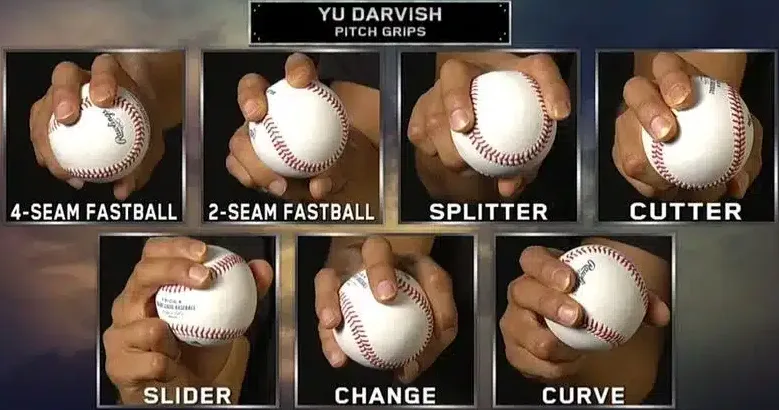
Importance of each aspect in enhancing timing and coordination:
Timing the Pitch: Ensures you’re ready to swing at the right moment for maximum power.
Recognizing Pitch Types: Allows you to adjust your swing mechanics for different pitches.
Anticipating Pitch Location: Helps in positioning yourself for optimal contact.
Coordination Drills: Improve hand-eye coordination for better contact and control.
Mastering the Load and Trigger
Understanding the load phase of the swing
The load is the preparation phase where you gather energy before the swing.
Tips for a smooth and effective load
Balanced Weight Distribution: Ensure weight is evenly distributed before the swing.
Maintain Rhythm: Flow smoothly into the load without pausing or jerking.
Triggering the swing with proper weight transfer
Front Foot Timing: Transfer weight from the back foot to the front foot to initiate the swing.
Hip Rotation: Engage hips to generate power and speed.
Common mistakes to avoid in the load and trigger phase
Overloading: Excessive movement can slow down the swing.
Early Weight Shift: Shifting weight too soon can lead to mistimed swings.
Lack of Coil: Not enough rotation can limit power.
Importance of mastering the load and trigger:
Load Phase: Sets the foundation for a powerful and controlled swing.
Triggering the Swing: Initiates the swing with proper weight transfer and hip rotation.
Common Mistakes: Identifying and avoiding these mistakes improves swing consistency.
Achieving Consistent Contact
Focus on the point of contact with the ball
Hitting the ball squarely on the sweet spot of the bat ensures maximum power and control.
Hitting mechanics for solid contact
Proper Bat Angle: Positioning the bat for a level swing through the hitting zone.
Eyes on the Ball: Maintaining focus on the ball from the pitcher’s release to contact.
Drills to improve hitting the ball on the sweet spot
Tee Work: Practice hitting off a stationary tee to refine swing mechanics.
Front Toss Drills: Coach or partner tosses balls for controlled hitting practice.
Live Batting Practice: Facing live pitching to simulate game-like situations.

Importance of achieving consistent contact:
Sweet Spot Contact: Maximizes power and control over the direction of the hit.
Hitting Mechanics: Proper mechanics ensure a repeatable and effective swing.
Drills: Improve muscle memory and timing for consistent contact.
Improving Power and Distance
Generating power from the lower body
Efficiently transferring energy from the legs and hips to the bat increases swing power.
Hip rotation and torque for increased power
Hip Rotation: Rotating hips explosively toward the pitcher during the swing.
Torque: Twisting the body for added power generation.
Exercises to strengthen core muscles for a more powerful swing
Rotational Med Ball Throws: Using a medicine ball to simulate swing rotation.
Medicine Ball Slams: Overhead throws to engage core and improve power.
Squat Jumps: Builds explosive leg power for a stronger swing.
Importance of improving power and distance:
Lower Body Power: Foundation for generating bat speed and power.
Hip Rotation: Essential for transferring energy from lower body to upper body.
Core Strength: Provides stability and power for a more forceful swing
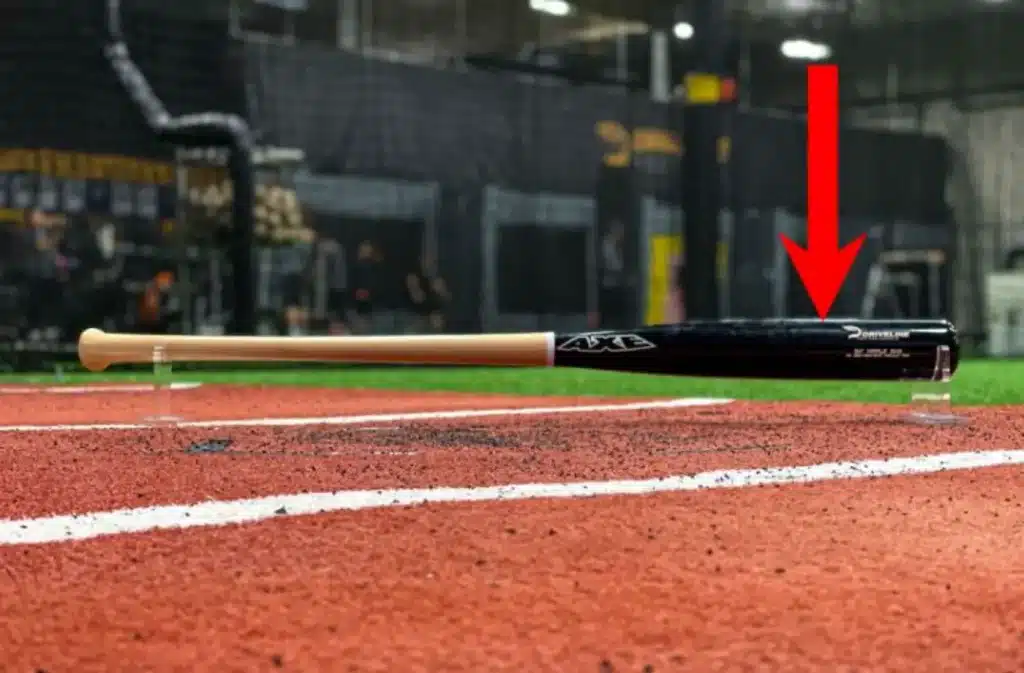
Fine-Tuning Your Swing Path
Understanding the ideal swing path
The ideal swing path is a combination of level through the hitting zone, leading to solid contact with the ball.
Correcting common swing path flaws
Casting: Prematurely extending the arms, leading to a longer, weaker swing.
Dropping the Hands: Bringing the hands too low, resulting in a steep swing path.
Uppercut Swing: Swinging upward, often resulting in pop-ups or ground balls.
Drills to improve swing path consistency
Batting Tee Work: Adjust tee height and focus on level swings.
Bat Path Drills: Using visual aids or markers to practice the correct bat path.
Soft Toss with Focus: Concentrate on keeping the bat on the proper plane during soft toss.
Importance of fine-tuning swing path:
Ideal Swing Path: Leads to solid contact and optimal power.
Common Flaws: Identifying and correcting flaws improves hitting consistency.
Drills: Reinforce muscle memory for a consistent swing path.
Mental Approach and Focus
Importance of a confident mindset
Confidence at the plate can lead to improved performance and decision-making.
Visualization techniques for success at the plate
Mental Rehearsal: Imagining successful hits and at-bats.
Positive Affirmations: Using positive self-talk to boost confidence.
Overcoming fear of failure and staying focused
Mental Toughness: Developing resilience to bounce back from failures.
Focus on the Process: Concentrating on the task at hand rather than outcomes.
Developing a pre-pitch routine for mental preparation
Deep Breaths: Calming nerves and focusing the mind.
Visualizing Success: Mentally preparing for the upcoming pitch.
Importance of mental approach and focus:
Confident Mindset: Enhances performance and decision-making.
Visualization: Prepares the mind for successful execution.
Overcoming Fear: Enables players to perform under pressure.
Pre-Pitch Routine: Sets the stage for focused and effective at-bats.
Video Analysis and Feedback.
Using video to analyze and improve your swing
In modern day virtual age, video evaluation has end up a effective device for baseball players trying to beautify their swing. By recording your swing from exceptional angles, you can gain treasured insights into your mechanics, timing, and overall performance. Watching your swing in slow movement permits you to pinpoint regions of development that may not be substantial in real-time. For instance, you can test in case your hips are rotating properly, in case your hands are in the right position, or in case you’re casting the bat.
Benefits of seeking feedback from coaches or experienced players
Seeking comments from coaches or skilled players can be quite beneficial in your development as a hitter. They can provide precious insights and observations which you won’t be privy to. A clean set of eyes can identify flaws or regions for improvement for your swing mechanics, stance, or approach at the plate. Their feedback allow you to make changes and corrections to refine your swing and optimize your performance.
Online resources and apps for swing analysis
There are severa online sources and apps to be had specially designed for swing evaluation. These equipment can offer a wealth of information to help you spoil down and improve your swing:
Coach’s Eye: This app allows you to record your swing, analyze it in gradual movement, and evaluate it to professional gamers’ swings.
Hudl Technique: Formerly called Ubersense, this app gives comparable functions for swing evaluation and facet-via-facet comparisons.
Blast Motion: This sensor-based totally generation gives specified metrics on your swing, which includes bat velocity, swing aircraft, and time to contact.
Diamond Kinetics: Another sensor-based totally system that gives swing metrics and 3-D swing analysis.
Frequently Asked Questions (FAQs)
How can I improve my baseball swing at home?
Improving your baseball swing at home is possible with a few simple exercises and drills. You can:
- Practice your swing mechanics in front of a mirror to ensure proper form.
- Use a batting tee for tee work to work on hitting mechanics and consistency.
- Perform shadow swings without a ball to focus on muscle memory and technique.
- Use resistance bands for resistance training to strengthen swing muscles.
- Watch instructional videos or read articles to learn new techniques and tips.
What exercises can I do to increase bat speed?
To increase bat speed, you can incorporate the following exercises into your training routine:
- Medicine Ball Slams: Hold a medicine ball and forcefully slam it to the ground.
- Rotational Med Ball Throws: Twist your torso and throw a medicine ball against a wall.
- Squat Jumps: Perform explosive jumps from a squat position to build leg power.
- Band Resisted Swings: Attach resistance bands to your bat and swing against the resistance.
- Weighted Bat Drills: Swing a heavier bat to build strength and speed.
How do I choose the right bat size and weight for me?
Choosing the right bat size and weight is crucial for a proper swing. To determine the right bat:
- Length: Stand the bat upright next to you; it should reach your wrist when you’re standing in your batting stance.
- Weight: Choose a bat that feels comfortable and balanced; you should be able to swing it without strain or difficulty.
What is the proper stance for a baseball swing?
The proper stance for a baseball swing includes:
- Feet shoulder-width apart.
- Knees slightly bent.
- Weight evenly distributed.
- Bat held comfortably, ready to explode into the swing.
- Eyes focused on the pitcher.
How can I improve my hand-eye coordination for hitting?
Improving hand-eye coordination is crucial for hitting. You can:
- Practice soft toss drills to work on tracking the ball.
- Use reaction balls or training aids with unpredictable bounces.
- Play catch or participate in batting practice regularly to sharpen coordination.
- Use visual training tools or apps designed to enhance hand-eye coordination.
What are common mistakes to avoid in a baseball swing?
Common mistakes in a baseball swing to avoid include:
- Casting: Extending the arms too early, resulting in a long, weak swing.
- Dropping the Hands: Bringing the hands too low, leading to a steep swing path.
- Over-rotating: Twisting the body too much, causing loss of balance and power.
- Uppercut Swing: Swinging upward instead of level through the hitting zone.
- Gripping the Bat Too Tightly: Restricts bat speed and fluidity of the swing.
How do I generate more power in my swing?
To generate more power in your swing:
- Focus on proper mechanics, such as hip rotation and weight transfer.
- Strengthen your core muscles with exercises like rotational med ball throws and medicine ball slams.
- Work on bat speed through drills like weighted bat swings and squat jumps.
- Practice hitting through the ball with full extension in your follow-through.
What mental strategies can I use to improve my hitting?
Improving your hitting mentally is essential. You can:
- Visualization: Imagine successful hits and at-bats before stepping into the box.
- Positive Self-Talk: Replace negative thoughts with positive affirmations.
- Focus on Process: Concentrate on the task at hand, such as watching the ball.
- Develop a Routine: Establish a pre-pitch routine to stay focused and relaxed.
- Stay Confident: Believe in your abilities and trust your training.
Is it beneficial to watch videos of my own swing?
Yes, watching videos of your own swing can be highly beneficial. It allows you to:
- Identify flaws or areas for improvement in your mechanics.
- Compare your swing to that of professional players or instructional videos.
- Track your progress over time by noting changes and adjustments.
- Work with coaches or experienced players to analyze and receive feedback on your swing.
How often should I practice my baseball swing?
The frequency of practising your baseball swing depends for your schedule and goals. However, consistency is prime. It’s endorsed to:
Practice numerous instances a week to hold muscle reminiscence and approach.
Focus on first-class over quantity; a targeted 30-minute consultation may be greater beneficial than a distracted hour.
Mix up your practice with tee paintings, tender toss, live batting practice, and drills to keep it enticing and powerful.
Listen in your body; permit for rest days to prevent overuse accidents and fatigue.
Conclusion
Recap of key tips and techniques for improving your baseball swing
In this article, we’ve covered a range of tips and techniques to enhance your baseball swing, from proper stance and grip to developing bat speed and refining your swing path. Remember:
- Proper Stance and Grip: Lay the foundation for a successful swing.
- Bat Speed: Work on exercises like weighted bat drills to increase power.
- Swing Path: Focus on a level swing and avoid common mistakes like casting or dropping the hands.
- Hand-Eye Coordination: Practice drills like soft toss and reaction ball exercises.
- Mental Approach: Use visualization and positive self-talk to improve your mindset.
- Video Analysis: Utilize tools to analyze and refine your swing.
- Consistent Practice: Dedicate regular time to practice with purpose and focus.
Importance of practice and dedication
Improving your baseball swing requires determination and consistent exercise. Like any skill, the extra you figure at it, the better you will end up. Make the most of each exercise session by way of that specialize in precise factors of your swing, the use of drills, and searching for feedback from coaches or experienced players. Remember, “How to Improve Your Baseball Swing: Tips and Techniques” are simply the beginning; your improvement depends on the effort you put in.
Encouragement for readers to apply these strategies and see improvement
Take these tips and techniques and observe them to your schooling classes and games. Stay patient and dedicated to the system, as improvement takes time. With each swing, consciousness at the fundamentals we’ve got mentioned, and you will begin to be aware development.
Reminder to enjoy the process of honing your skills in baseball
Lastly, take into account to revel in the process of honing How to Improve Your Baseball Swing: Tips and Techniques skills. Baseball is a game of skill, method, and passion. Embrace the demanding situations, rejoice the victories, and research from the setbacks. Whether you’re a newbie or an experienced player, the pleasure of and How to Improve Your Baseball Swing: Tips and Techniques and seeing the outcomes on the sector is what makes baseball this type of profitable sport.

